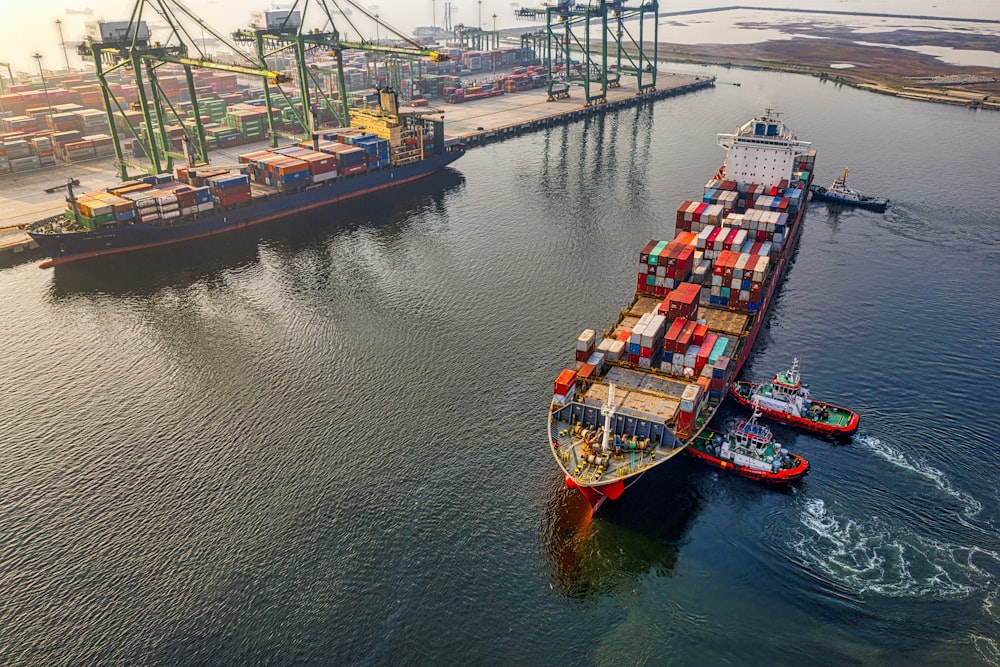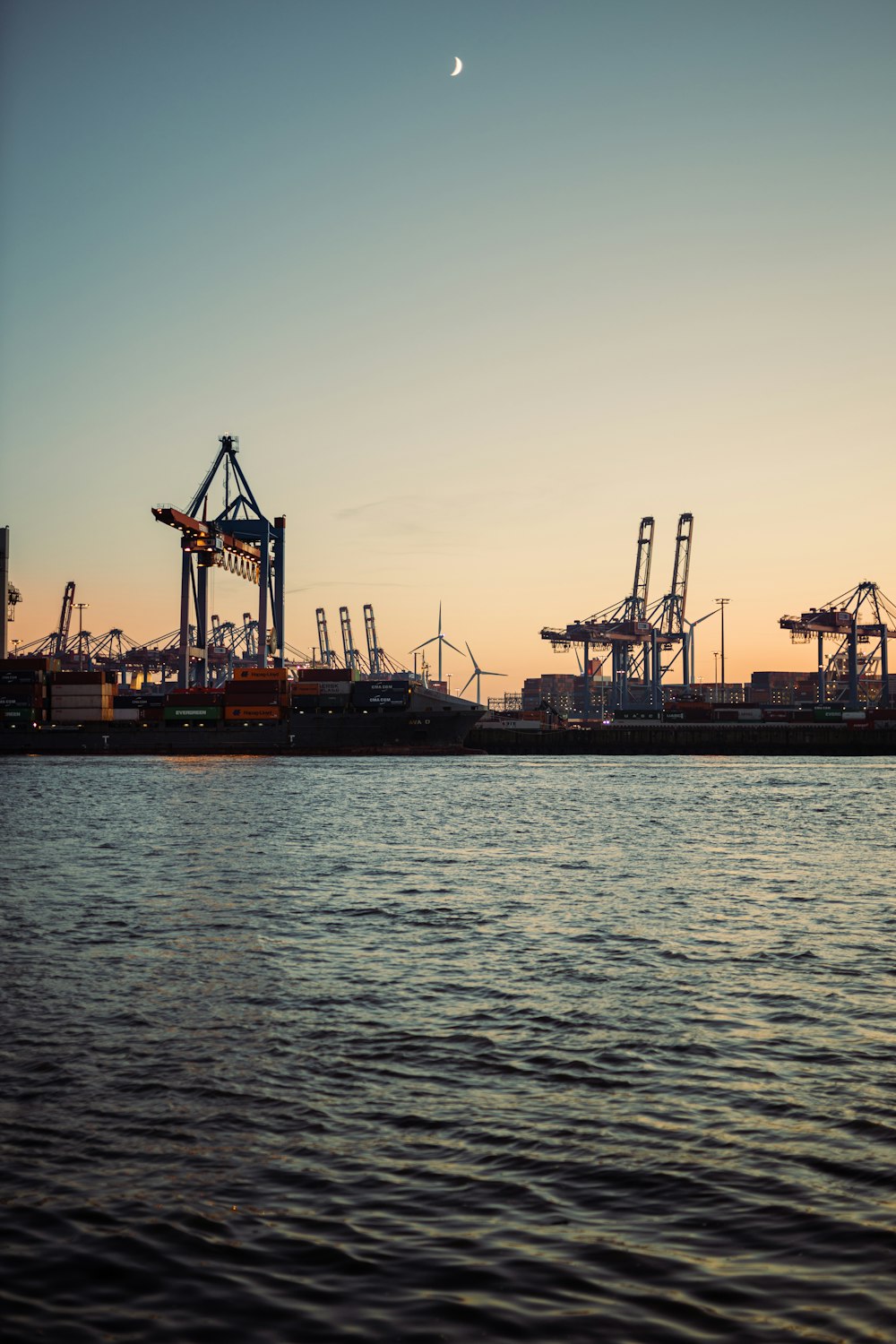

Digital transformation has been on the agenda more frequently in maritime sub–sectors recently. As a result, various initiatives for digitalization have emerged, especially from the marine transport and port sectors. For example, Maersk, the most active company in the digitalization of the maritime transport industry, announced its global trading platform called TradeLens, built on Blockchain technology, in cooperation with IBM in 2018. This digital platform consists of more than a hundred organizations, including ports and terminal operators.
The Smart Ports Concept was the most critical development that facilitated maritime trade.
Although the roots of digital transformation go back to the 1940s, the digital revolution, which shows the beginning of the information age, started in the 1980s with the internet and later with mobile devices, Social Networks, Big Data, and Computing Clouds.
This new revolution had become almost global within ten years, revolutionizing the world community in the 1990s. The new millennium marked the beginning of digital transformation in the modern world, especially in developed countries. As for ports, the emergence of intermodal containers in world trade in the early 1950s and the subsequent development of container cranes marked the beginning of mechanization and automation in the maritime industry. This development started the revolution that marked significant transformations in global maritime trade.
There are three reasons port operators invest in information and communication technologies.
The first of these is to reduce cost and improve service level.
The second is to control and monitor the transportation process through information and communication technologies.
The third reason is the need to improve safety and security elements.

Today, while most stakeholders in the maritime industry are still discussing terms such as the Internet of Things (IoT), Big Data, Analytics, Mobile Devices, and Cloud Computing, we see the first applications of these concepts in ports.
The development of Electronic Data Interchange (EDI) systems has triggered the digital transformation in the maritime industry.
The development of Electronic Data Interchange (EDI) systems in the 1960s triggered the first digital transformation in the maritime industry in the 1970s, requiring a long standardization process to become fully functional in ports before being used by port communities.
The Smart Ports Concept, implemented in 2011 with its modern technologies, capabilities, various combinations, and applications, was the most critical development that facilitated maritime trade. This model has made maritime commerce safer, faster, and easier with intelligent applications in governance, business, transaction, operations, infrastructure, traffic, gates, energy, and autonomous loading and unloading. The use of information technology in ports has optimized port operations and has resulted in significant increases in cost–effectiveness, and efficiency.
When the technology architecture of today’s intelligent ports is examined; It is noteworthy that the Internet of Things (IoT), Big Data (Big Data), Blockchain, 5G, Automatic Port Transport Equipment, and Artificial Intelligence (AI) are used as essential information technologies.
Recently, digital transformation has been considered a “must–have” for global business and maritime trade.
And to be more specific, Artificial Intelligence (AI) is one of the key drivers of digital transformation in many industries, including the naval sector. Therefore, Artificial Intelligence (AI), as one of the main enablers of digital transformation in the maritime sector, should be well defined to focus a little more broadly on its uses in the port industries. One of the basic definitions of Artificial Intelligence (AI) is “the simulation of human intelligence processes by machines, especially computer systems.” With this definition, intelligent algorithms that make decisions that mimic human intelligence in machines based on available data are defined.
So basically, Artificial Intelligence (AI) is an analytical tool that checks past data and, in turn, helps make better decisions for the future.
In this case, the question to be asked is, “How can we use Artificial Intelligence (AI) in Port Operations?”
Artificial Intelligence (AI) is an essential technology for intelligent ports. Digital Artificial Intelligence (AI) technologies can be used in ports for advanced analysis, automated port operations, optimized route management, real–time performance predictions, safety, and security measures.
Advanced Analysis typically deals with administrative, management, business, and logistics–related data related to ships’ berthing plans, trade procedures, cargo information, customs and taxation, inspections, sports facility management, and much more.

- To provide energy efficiency,
- Reducing the door waiting time,
- Reducing terminal delivery time,
- To increase terminal competitiveness,
- Optimizing cargo handling and storage operations,
- Reducing environmental impact and port congestion,
- Improve border control to prevent intrusion and terrorism.
Automated Port Operations focuses on cargo transportation using Internet of Things (IoT)–powered manned and unmanned cranes and robotics for auto identification at port gates, vehicle identification and weighbridge controls, port equipment planning, site and dock planning, container loading, and unloading.
Some of the main benefits are:
- Reduce the workload,
- Creating the proper infrastructure,
- Saving time at each automatic station,
- Assisting the berthing and maintenance of the ship,
- Increasing the efficiency of container dwell time optimization,
- Optimizing equipment distribution and tracking working hours for planned maintenance.
Course Management Optimization Systems focus on the best course a vessel will follow, weather changes, environmental conditions, minimum fuel consumption, ship turnaround time, and the accurate estimated time of arrival estimates.
Some of the benefits of this Artificial Intelligence (AI) systems are:
- Ensuring the safety and security of seafarers on board,
- It ensures that the containers reach their destination as soon as possible,
- Helping to provide the best route to a ship (including weather changes, environmental conditions, minimum fuel consumption),
Real–Time Performance Forecasts deal with monitoring every work in the port area.
This Artificial Intelligence (AI) systems:
- Automatically uploads reports to the system,
- Unique Machine Learning (ML) algorithms convert their feedback into data,
Security and Security port Artificial Intelligence (AI) systems used in intelligent ports focus on advanced technologies such as face recognition, biometrics, pattern recognition, picture correlation, intrusion detection, thermal/IR detection, and so on.

- Sends alerts to authorities,
- It provides a safer workspace for employees,
- Detects every person entering the port facility,
- Detects any intrusion from the port perimeter fence,
- Compares biometric data with the information in the database,
- Detects suspicious objects transported/released to the port facility,
- Helps authorities to prevent unexpected stops, accidents, and damage,
- Monitors weather patterns, port conditions, technical disruptions, and crime zones,
- Identifies and defines safety and security–related situations and creates warnings or recommendations for decision–makers.
The functions and benefits of Artificial Intelligence (AI) in ports are not limited to the points mentioned above; On the contrary; They develop rapidly as technologies evolve.
The most important benefit of Artificial Intelligence (AI) in ports and terminals is efficiency and security.
In this context, we can confidently state that ports using Artificial Intelligence (AI) can handle the increase in cargo and traffic, optimize employee working hours, reduce human errors, and make the Supply Chain more efficient. Furthermore, its Deep Learning feature can also be used to predict future equipment needs, long–term space usage, container damage, number of door visits, and more.
Finally, in addition to its ability to bring together Supply Chain stakeholders, the most important benefit of Artificial Intelligence (AI) in ports and terminals is efficiency and security. Given the continuous development in science and technology and the need for sustainable, viable, and cost–effective commerce, Artificial Intelligence (AI) will continue to influence the development of the maritime industry in the future, with its current and potential uses.

